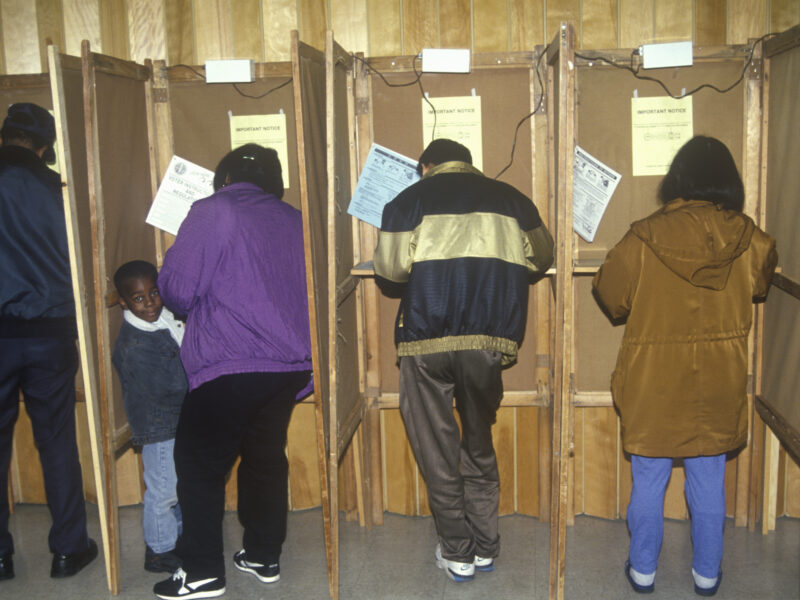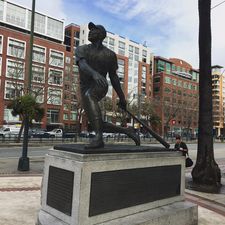I entered the Manhattan movie theater with a mixture of anticipation and trepidation. For decades I have hoped for an educational “call to arms” that might do for our schools what Thomas Paine’s Common Sense did for the American Revolution or what Harriet Beecher Stowe’s Uncle Tom’s Cabin did for the Civil War. At the same time, I had my doubts as to whether Davis Guggenheim would present a balanced picture of the major forces at work as I felt that he missed doing so with An Inconvenient Truth.
I was encouraged in the early going when Guggenheim, as narrator, honestly expressed unmasked humility about the educational choices he has made with his own children, noting that he was haunted by the fact that he drove by several failing public schools each morning while on his way to dropping his children off at a private school.
The film sets the stage with some statistical analysis of where we stand compared to other developed nations regarding academic proficiency. It isn’t pretty. For example, among 30 developed countries, U.S. students rank 25th in math and 21st in science.) Whereas our schools used to be the envy of the world, today we don’t really crack the top 20 in terms of anything to do with cognitive skill development. Well, wait a minute, I take that back… there is one category where American students actually rank No. 1 in the world: confidence. When this irony is announced in the film, the screen immediately transitions to a teenage bicyclist hurtling off a ramp directly into the side of a building a la TV’s Jackass to the strains of Green Day’s “American Idiot.” It’s a scary metaphor.
As with any film there are heroes and villains. The heroes tend toward a small cadre related to charter schools – especially Geoffrey Canada and his Harlem Children’s Zone, the KIPP Schools, and DC Superintendent (for now, anyway) Michelle Rhee. The villain is a collective one in the form of the teachers unions who are portrayed as a stubborn mob standing in the way of any meaningful change. The vilification includes an amazing undercover camera visit to the infamous “Rubber Room” in New York City where bad teachers go to sit in a room (where they typically sleep or play cards or computer games) all day long and collect a paycheck because of union-perpetrated laws that make it virtually impossible to fire them or any other bad teachers. (Depicting this as a national problem, the film observes that in Illinois, one in 57 doctors loses his or her medical license, one in 97 lawyers lose their license to practice law, and one in 2500 teachers lose their teaching credentials. These lopsided figures are all the more startling when one considers how hard it is to become a doctor or a lawyer as compared to the process for acquiring teacher certification.)
While charter schools come off looking pretty good, Geoff Canada acknowledges that there are many bad ones. However, he observes, “To ignore the successful charter schools and what they have been able to do because some other charter schools don’t work flies in the face of the logic of why charter schools were created in the first place.” Why are the teachers unions so threatened by the good ones? As opposed to finding flaws with the good ones, why wouldn’t we try to emulate them? While I have listened with some sympathy to the disagreements some of my teacher friends have with how their union is portrayed in the film, no one has been able to justify how such incompetence can be permitted, much less compensated.


